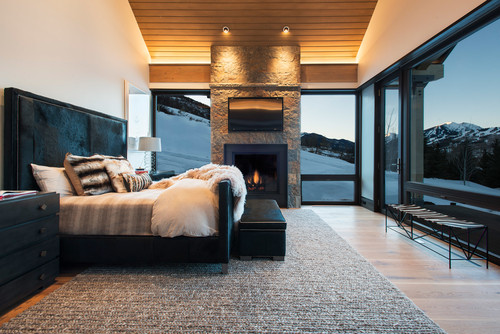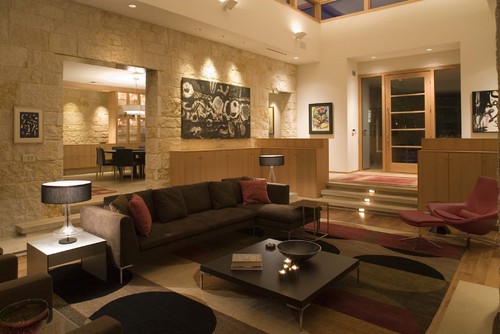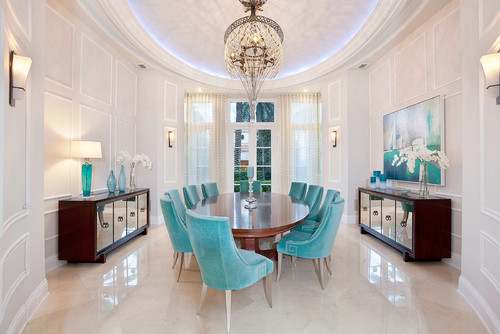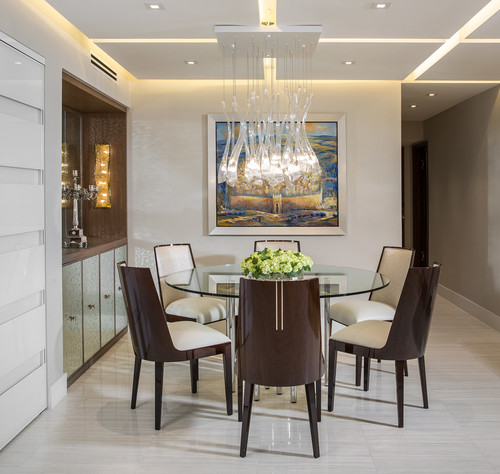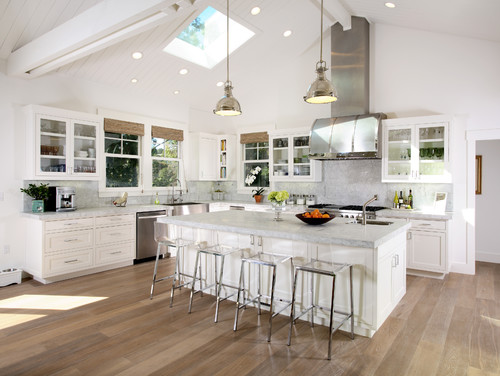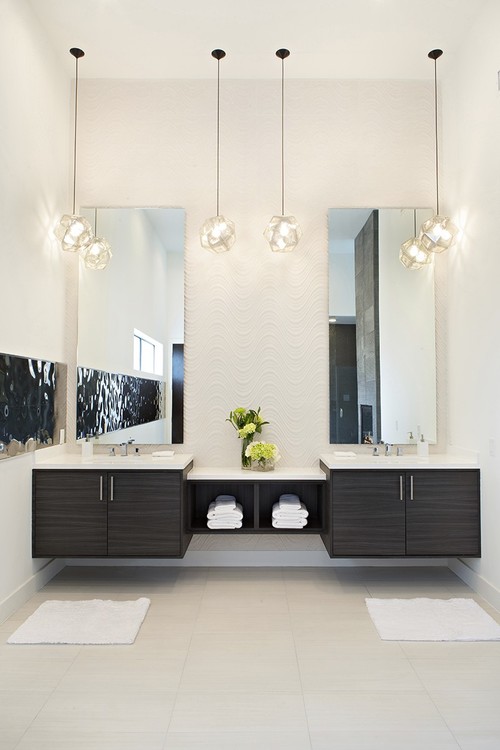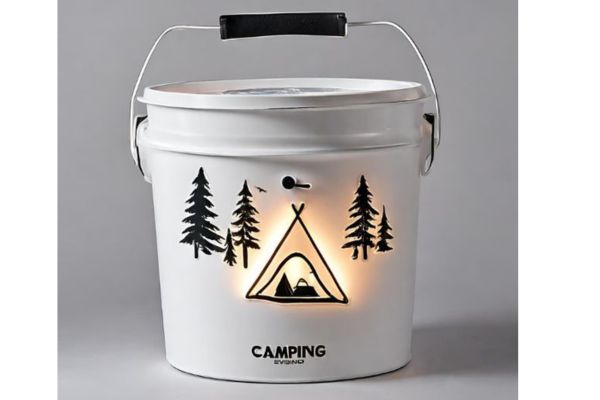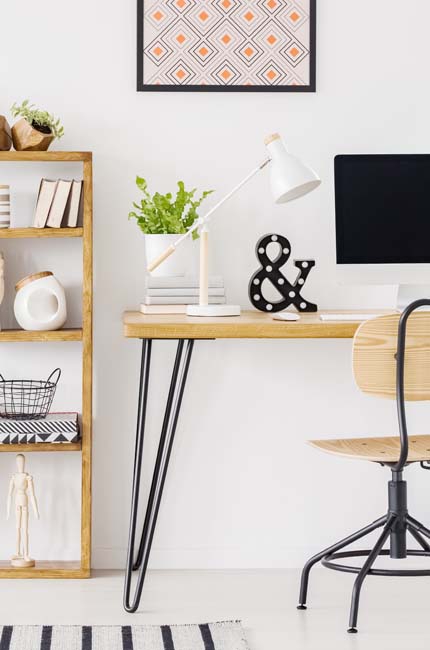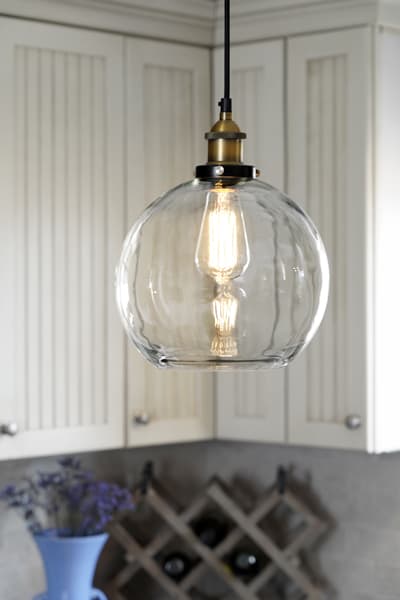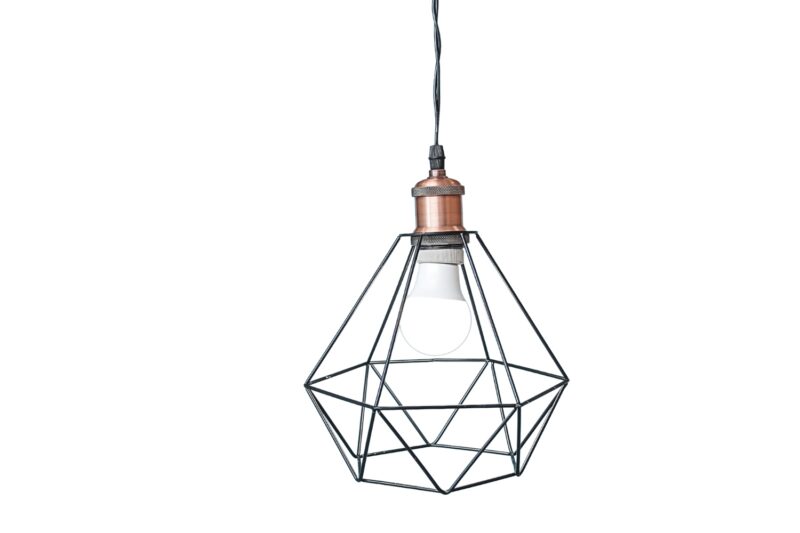The Difference Between Accent, Ambient, and Task Lighting
Are you tired of not knowing which type of lighting to use for different purposes in your home? Do you find yourself wondering what the difference is between accent, ambient, and task lighting? Look no further!
In this blog post, we’ll break down the different types of lighting and explain how they can be used to create the perfect ambiance in any room. Whether you’re looking to highlight a piece of artwork, create a cozy atmosphere, or focus on a specific task, we’ve got you covered. Let’s dive in!
Accent Lighting
Accent lighting, which is also called highlighting, is used when you want to draw attention and create a focal point for specific elements in the room. This can be architectural details or a piece of artwork like a painting or a sculpture. It can also be other objects such as bookcases or even plants. You can use accent lighting outdoors. Accent lighting is used to add focus to a beautiful tree, plant, or even a water feature.
Common Types of Accent Lighting
Some of the most common lighting fixtures used for accent lighting include:
Ambient Lighting
Ambient lighting (or general lighting) is lighting that gives the entire room an overall brightness and uniform overall illumination. It’s not targeted to any specific area and is the primary light source meant to make the entire space well-lit. Think of it as the main light or the first layer of lighting that sets the mood and creates a cozy, inviting atmosphere when you walk into a room. When you enter a room and flip on the light switch, that’s usually the ambient lighting (base layer of light) that you’re turning on.
Ambient Lighting Fixtures
Ambient lighting comes in the form of overhead fixtures and ceiling lights. Some of the most common lighting fixtures used as ambient light sources include:
Task Lighting
Task lighting, as the name suggests, is meant to provide targeted lighting for a specific area to bring illumination when you’re doing certain tasks. It’s meant to provide bright, targeted, and direct light to help you see what you’re doing.
Some of the spaces in your home that may require efficient task lighting include the kitchen island where you prepare your food. Cabinets, where you can install under cabinet lights, are also considered task lighting.
Home offices are spaces in your home where you may need ample task lighting for paperwork and when you’re doing computer work. You may also need to have task lights installed in your bedroom if you’re fond of reading.
Common Types of Task Lighting
Some of the most common lighting fixtures used for task lighting include:
What’s the Difference Between Accent, Ambient, and Task Lighting?
To sum up the difference between these three types of lighting, ambient lighting provides overall brightness and uniform illumination, task lighting is focused lighting for specific tasks, and accent lighting highlights specific features in a room.
Which Type of Lighting Works Best for Different Areas?
There are some instances where you can use all three types of lighting – especially for high-traffic areas of the house. These include living rooms, dining rooms, and kitchens. But this will also depend on how much space you have. Combining the three can provide layers of lighting that bring more dimension to your space.
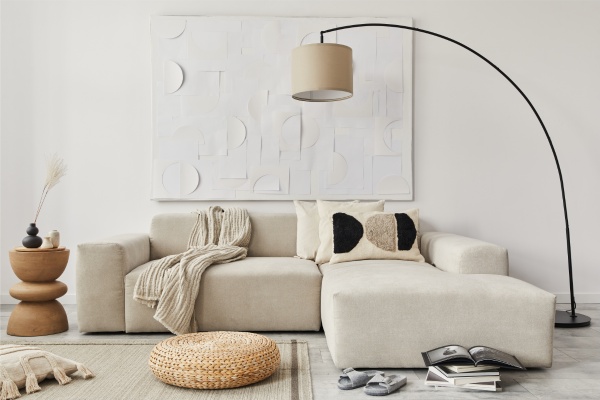
Living Room
If you have a small living room, you may not want to place a floor lamp since it takes up quite a lot of space. You can use accent lighting to highlight different features in the room. For example, you can install wall sconces to draw attention to a piece of artwork.
If you have an open-concept home, you may want to steer clear of wall sconces and might want to opt for a chandelier or flush mount lights for ambient lighting. You can also pair this with accent lights like recessed lighting to bring more illumination to your space.
Kitchen
You can use ambient lighting in the kitchen by installing ceiling fixtures or recessed lighting. This will provide overall brightness and ensure that you can see what you’re doing when preparing meals. You can pair this with effective task lighting like under cabinet lighting or pendant lights placed over the kitchen island to get better lighting for tasks like chopping vegetables or reading a recipe.
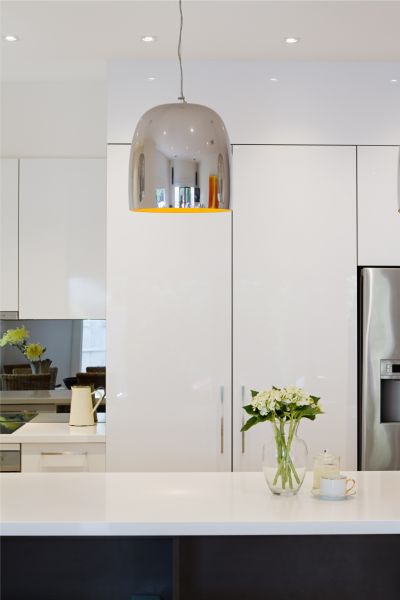
Additionally, to highlight specific features in the kitchen, such as a decorative backsplash or a set of glassware, you can use accent lighting. You can use track lighting or an LED strip light placed above or below kitchen cabinets.
Bedroom
Layering lighting in the bedroom can be beautiful. A ceiling fixture or wall-mounted lighting can serve as the ambient lighting. This provides overall brightness and makes the space feel cozy and inviting. For activities like reading or getting ready in the morning, you can use task lighting. You can make use of bedside table lamps or a floor lamp placed next to a seating area.
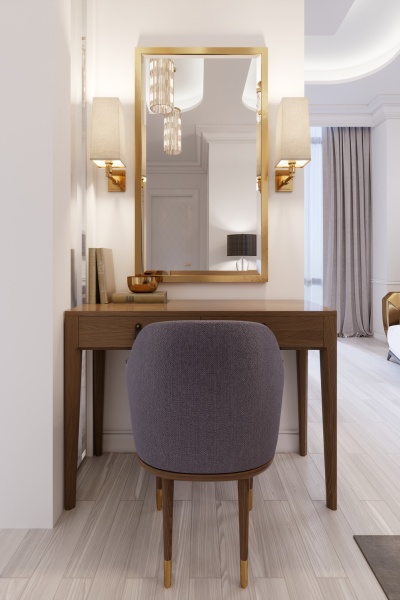
Finally, to create a focal point in the bedroom, you can use accent lighting to highlight a piece of art or a specific decoration. You can achieve this through the use of a picture light or a spotlight.
In conclusion, using a combination of ambient, task, and accent lighting can help you create the perfect ambiance in any room. By understanding the different types of lighting and how they can be used, you can create a space that is both functional and visually appealing.
Until Next Time,
Cherie
Related Articles:
–27 Best Kitchen Light Fixtures for Low Ceilings
–Creative Ideas for Lighting a Room Without Ceiling Lights
–Best Lighting for Your Laundry Room
–Cozy Ideas for Lighting Up Your Reading Nook
–Best Over-the-Sink Kitchen Lighting Ideas

